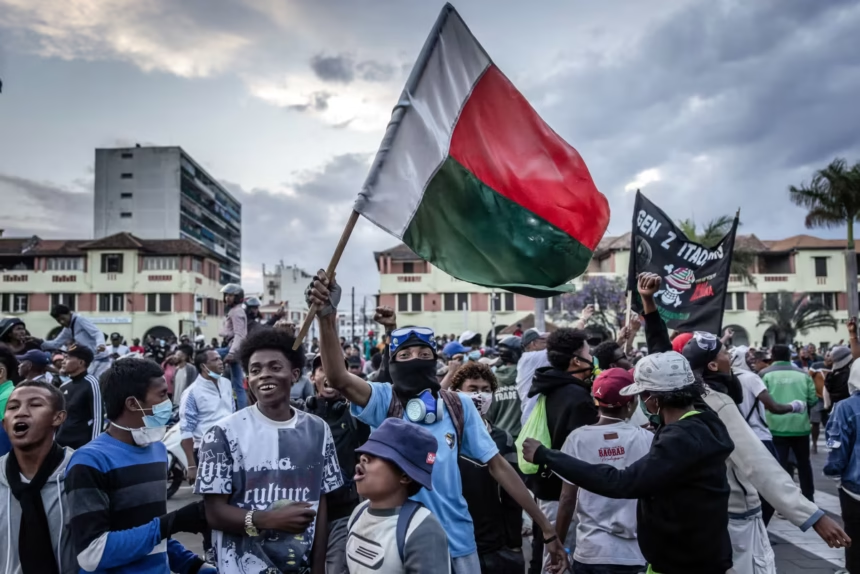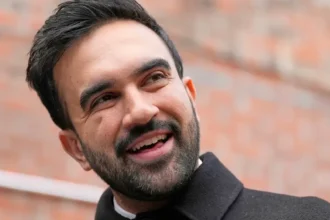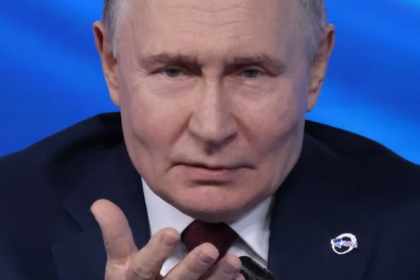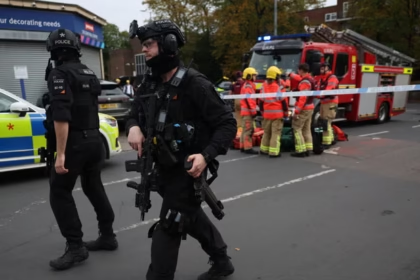In a dramatic turn of events, Madagascar has seen its president removed from power following mass protests led by the nation’s younger generation. The revolt, which began as outrage over basic needs like water and electricity, quickly evolved into a full-blown political upheaval. Ultimately, the country’s military stepped in and installed a new leader, signalling a major shift in this Indian Ocean island nation’s governance.
The Spark: Service Failures and Youth Anger
The unrest erupted when reports surfaced that Madagascar’s population—three-quarters of whom live in poverty—was grappling with repeated power outages and water shortages. The unrest began in late September with thousands of young protesters taking to the streets in the capital, Antananarivo, and other cities. They branded themselves under a banner inspired by global youth movements, demanding accountability and change from long-standing leadership.
What began as complaints over utilities rapidly transformed into broader calls for systemic reform. Protesters pointed to entrenched corruption, economic stagnation, and a lack of opportunity for young people. The movement captured the attention of global observers as an example of Generation Z activism on the rise across the world.
Turning Point: Military Aligns with Protesters
The situation escalated when an elite military unit, previously aligned with the ousted leader, switched sides and backed the protesters. That move effectively sealed the government’s fate. Facing mass mobilization and a withdrawal of military support, the president chose to leave the country. Soon after, the national parliament voted to impeach him, and the military formally claimed control of the state apparatus.
Within days, a military council governed the nation, suspending many civil institutions, and the head of the elite unit was sworn in as interim president. He promised to hold elections within two years and pledged to address the grievances that ignited the crisis.
New Leader Promises Change—Skepticism Remains
The newly-installed interim head of state presented himself as a reformer. In his inauguration address, he declared a “historic turning point” for the country and acknowledged the power of the youth movement that helped end his predecessor’s rule. He pledged investigations into key state institutions and reforms of the power and water utilities that had become symbols of government failure.
Despite the upbeat public messaging, many remain unconvinced that governance will fundamentally change. Critics point out the military-led nature of the transition and warn that the real test will be in delivering meaningful job creation, infrastructure reform, and a genuinely democratic process.
International Response and Regional Impact
The military takeover drew immediate concern from international bodies. The African Union suspended Madagascar’s membership and called for a return to constitutional rule. Meanwhile, human rights groups warned of potential abuses as the new regime consolidates power.
Regionally, Madagascar’s crisis is being watched closely. Youth-led uprisings are becoming a pattern in parts of Africa and Asia, where young people are increasingly articulate, digitally connected, and frustrated by stagnation. The events in Madagascar may inspire similar movements elsewhere—or be cited as warnings against military interventions in politics.
Why This Moment Matters
-
Youth empowerment: The protests are a vivid demonstration of how young people can force political change using digital tools, street activism, and moral urgency.
-
Governance crisis: Madagascar’s deep poverty, weak infrastructure, and recurring service failures created the ideal conditions for protest. The situation highlights how longstanding neglect can precipitate dramatic uprising.
-
Military’s role: That the military stepped in and took over raises questions about civilian rule and the future of democratic institutions in Madagascar.
-
Global precedent: The fusion of youth protest and military support adds complexity to how we understand regime change—not purely a popular revolution or a classic coup, but a hybrid model.
What Comes Next
-
The interim government will need to chart a clear timeline for elections and restore public trust by delivering on infrastructure and economic reforms.
-
International scrutiny will remain high. Aid and cooperation may depend on how quickly the transition moves to civilian rule.
-
For protesters and young activists, the next challenge is ensuring their demands are not sidelined or co-opted by new power holders.
-
The regional ripple effects of this Gen Z-driven change may influence youth movements and governments throughout Africa and beyond.
In sum, Madagascar stands at a crossroads. What began as a revolt over everyday hardship has morphed into regime change. Whether the country can harness this moment into real reform—or simply return to familiar cycles of instability—remains one of the world’s more important unfolding stories.











